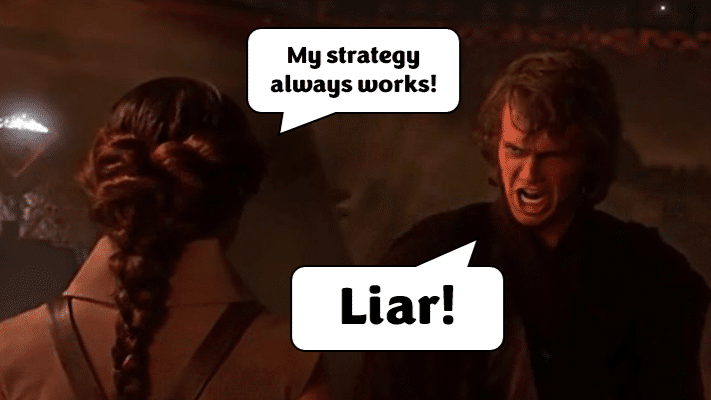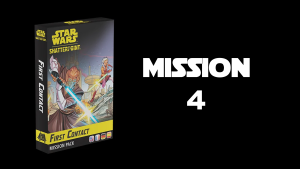I feel like it’s been a while since I did a pure tactics article, and I don’t like that. I’ve had a few items floating around in the ol’ noggin that I’ve been wanting to write about, but a lot of them aren’t big enough to warrant an entire article of their own. Then, being the genius that I am, I decided to combine them all into one big article. Problem solved!
The common thread that will tie all of these thoughts together is “breaking our heuristics.” Now, “heuristics” is a fancy word, at least by my (low) standards. Before starting this article, just to be safe I double-checked the meaning of “heuristics” to avoid this situation:

Luckily, it does mean what I think it does. Furthermore, the definition I found is good enough that I actually want to quote it here. I know, I know, it’s extremely cliché to introduce something with “Webster’s Dictionary defines X as …” but I’m citing Wikipedia, the lazy man’s dictionary, so that’s different and OK, right?
A heuristic, or heuristic technique, is any approach to problem solving that employs a practical method that is not fully optimized, perfected, or rationalized, but is nevertheless sufficient for reaching an immediate, short-term goal or approximation.
– Wikipedia, circa April 2024
In our case, the “problem” is how to win the game and our “methods” are the strategies we use along the way. Shatterpoint games can be pretty chaotic. There’s a lot of stuff going on all the time and we need to find good plays quickly. As a necessity, we must develop some heuristics to help us. While these heuristics generally provide useful problem-solving shortcuts, they are certainly not “fully optimized” or “perfected.” Today we’ll dive into some of the exceptions to the rules that we’ve developed to cope with the chaos.
Contesting on a Different Elevation Than the Objective

On the surface level (pun intended), it’s clearly better to contest an objective on its elevation; if you contest at the “wrong” elevation, the enemy just has to move a body to the “correct” elevation and they’ll steal the point from you. Contesting at the correct elevation is often the right call, but there are some situations where the wrong level has its advantages. The objective’s level is usually a more dangerous place to be, so there can be added safety in alternative elevations. Let’s pretend Rex is our defender and examine a few situations:
- Maintain Steadfast – Thanks to Brothers in Arms, Rex gets Steadfast when he has a hunker token. By contesting on an alternate elevation, he may create a situation where the attacker can’t get to melee. In that circumstance, Rex will keep his hunker and maintain Steadfast, making it more likely that he says in contesting range. Even if the enemy takes the objective, enemy-on-objective-and-Rex-also-on-objective-at-a-different-elevation is better than enemy-on-objective-and-Rex-is-not. In the former situation we can retake the objective by moving the enemy off it, whereas in the latter situation we need to also add a body of our own.
- Take less damage – As mentioned above, contesting on an alternate elevation may mean the opponent is forced into a ranged attack. In our Rex example, he could get extra dice at range due to cover from hunker and, possibly, terrain. Regardless, the attacker may be weaker at range than in melee, or not have a ranged attack at all. If we’re very likely to lose the objective anyway, I’d prefer Rex to be as healthy as possible.
- Mess up the opponent’s positioning – Maybe the attacker can get to melee on Rex’s elevation, but that doesn’t mean our positioning is useless! Depending on the attacker’s attack tree, abilities, and whatever else, meleeing Rex may mean that the attacker ends their turn on the non-objective elevation. If we want to retake the objective, we only need to add a body on the correct elevation, rather than needing to also stop the enemy from contesting.
- Range control – It may be that we want to stay a certain distance from the objective, and the only way to do that is to stay on the wrong elevation. This positioning may mean we stay out of range of enemy abilities or even attacks. A great example could be when Mother Talzin is the attacker. She isn’t especially mobile during her turn, but if she can get to range 4 of Rex perhaps she can attack him with her Great Mother stance, getting two shoves and following up to be in contesting range. If Rex can stay out of range then Mother may not be able to knock him away or move onto the objective herself. Rex also takes less damage in this scenario, tying back in to our second bullet point above.
The above list is certainly not exhaustive; different units and game states may present many more instances where the best play is actually to contest on the non-objective elevation. Most of the time contesting on the objective’s elevation is ideal, but not always. While it’s a good first instinct, don’t forget to consider alternate approaches when the time is right.
Contesting in “One-Shove” Range

As demonstrated in my Measure Twice, Move Once article, 40mm-base characters that are about 1/2-inch or closer to an objective will take two shoves to be out of contesting range. I also investigated the distance at which those same characters can dash from one objective to another. There is some overlap in the ranges such that a unit could both require two shoves to be knocked off their current objective and be in dash range of contesting a nearby objective, the best of both worlds! However, real-game scenarios may mess things up. Terrain or other bodies could mean that you need to make a choice and either be in one-shove range but able to dash to another objective, or be in two-shove range to hold your current objective but unable to dash to another. The heuristic would tell us to place the character in the sweet-spot when possible, however sometimes it may not actually give you both benefits and you instead must choose.

This discussion also ties in with some of the prior reasons to contest at a different elevation. Staying further back when contesting an objective may make it easier to get shoved off, but it may be enough to avoid enemy attacks and abilities that otherwise would have had range, or turn a melee attack into a less-frightening ranged attack. Additionally, being further away from an objective may not even mean you’re more vulnerable to shoves! The presence of terrain or other miniatures may mean that you have a backstop to prevent shoves completely, securing the objective better than if you had been up close.
You can also position units in the one-shove zone for proactive reasons. In these cases you may be making a defensive sacrifice to better position your own aura abilities, such as Coordinated Fire, Mind Trick, Bring It Down!, etc. Positioning further from the objective could keep you out of engagement to prevent an enemy from using Obi2’s Run ability, for example. Conversely, it could put you into engagement to slow down an enemy unit, or to trigger Run in the future for yourself.
I could keep going with examples, but I think the point is clear: contesting objectives up close is often ideal because it takes more shoves to get knocked away, but often it’s worth making the trade-off to contest from further away.
Not Contesting an Objective

What is this madness? I’ve talked repeatedly about swing in my articles, and more bodies on an objective means your opponent needs more swing to flip that objective. However, when considering swing you not only have to consider “how much” but also the difficulty of that swing. For example, a character may be very good at getting one shove, but very bad at getting two. Whether or not the defender has Steadfast is important in this example when determining whether or not the swing will likely be realized.
So what is my point, exactly? Well, this section is really just a more extreme version of the “contest from further away” section above. Aura effects, especially defensive range 3 ones like Mind Trick, Some of Us Serve a Higher Purpose, and The Muscle of the Batch, have a more far-reaching impact when the relevant character is relatively central. Often you can get that character more central if they do not contest an objective (when I say “more central,” I mean in relation to a cluster of objectives). Similar to the discussion about contesting at the “wrong” elevation, not contesting an objective at all is usually much safer than the alternative. Opponents will often focus their attacks and abilities on contesting units, meaning non-contesting units can stay in position longer to keep their auras useful.
Side note: Focusing primarily on contesting enemies is another heuristic that we could get into, but I won’t in this article. If you want some homework, see if you can find some situations where it’s best to focus on a non-contesting character instead of a contesting one.
Since this case is really an extreme version of the last one, I should also discuss movement and objectives. Moving a character into a central location can put more objectives within a one-move contesting range. Sure, it’s nice to start with a body already on an objective, but sometimes the next objective is highly variable. If you’re opponent picks the next layout, you have lots of out-of-activation moves in your list, or the next struggle layout is hard to predict, then moving a unit to be in the middle of many objectives rather than contesting one may be the way to go.
Not Wounding Enemies

Of all the topics discussed, this is probably the most borderline one so far. Not because it isn’t useful, actually the opposite! I think most players quickly realize that “wound whenever possible” is not a great heuristic. As such, perhaps it shouldn’t be in this article, but I think it still warrants discussion.
Probably the most obvious example of not wounding a character would be Lord Maul. If you’re wounding him in melee he can punch back with 8+ dice, which is nasty. When he next activates he’ll be even stronger offensively than he was before. However, if you leave him on 10 damage then he’ll lose his biggest strength: taking damage instead of using force. A Maul who actually has to pay for force abilities is a sad Maul.
Leaving a unit with lots of damage and conditions can usually be more effective than wounding them. Pushing someone into a corner with a pin and strain on the verge of death often means they could have a completely dead activation when drawn next. Usually a dead activation for the enemy is worth way more than the one momentum you get for wound.
Sometimes it’s just about timing as well. Maybe you don’t want to wound an enemy because you’d rather do it next struggle when the momentum is more valuable, or they’re about to activate so you’ll wound after that to stop them contesting. Perhaps if you wound now you’ll get hit hard by a Mother Tazlin clapback. If you want to get clapped by Big Mommy T, I won’t kink shame, but it’s not my thing. Newer releases seem to have a high frequency of “when an ally is wounded, do X” identities (Mando, Han, Kanan) so timing wounds effectively could become even more vital.
Wounding when you can is often the right call, but not always. So think before you plink!
Wrap-Up
There’s a lot going on in a Shatterpoint game. Experience and reps help make sense of the chaos, in large part because you start to understand what works and what doesn’t. Over time you may develop heuristics like “get as close as possible to an objective on it’s elevation” and that will generally be useful. However, there are special cases where our heuristics can lead us astray.
On the journey to becoming an expert, you usually have to start by learning the rules, then eventually you learn when to break them. Shatterpoint is no different. If you want to be an expert Shatterpoint player, always be scrutinizing your own heuristics and strategies, looking for ways to improve. Remember: as wise and experienced as Yoda was, he still messed up badly and had reason to reflect and learn. Luckily, if you mess up and lose your squad in Shatterpoint, that’s not as bad as having your entire order wiped out, so self-exile is probably not necessary. Learn from it and try again!
If you like my articles, check out my YouTube channel. I post battle reports, puzzles, and rules. All Shatterpoint, all the time!





